by Dan Kennedy, Kumveka Executive Director. He's helped a number of ministries engage their boards in major changes and campaigns.
I talk to a lot of executive directors and presidents of ministries who ask: how do I get my board on board? Whether you are looking to make major changes like a rename or rebrand, or launching a major campaign or initiative, getting your board engaged and supportive is critical.
We have found the process of work like this is often as important as the product. Author Patrick Lencioni, in his fabulous book The Advantage, says it like this: "If people don't weigh in, they can't buy in." And when it comes to boards, not getting buy-in might be a literal non-starter.
My experience over a decade of working with boards on major brand and communication projects varies depending on the type of board. For the purpose of this post, I will assume you are working with a governing board whose role is to explicitly steward the organization at the highest level and not involved directly in day-to-day operations (at least on paper!).
So, here’s a simple framework built on corporate best practices (from my days at Procter & Gamble) to help you get your Board on board:
Always start with Vision/Mission.
This should be their filter for every topic. If you can't link your proposal back to fulfilling your Vision/Mission, you should go back to the drawing board. This establishes a common goal. You all want the same thing at the very highest level. That gives you space to...
Identify a problem to solve.
What is getting in the way of accomplishing that Vision/Mission? What opportunity can accelerate this work? This part of your case is significantly more powerful when you can link it back to metrics. This can be done by showing declining donor dollars, research that shows misperceptions with your target audience, or category trends you are not prepared for, to name a few. This is the difference between developing a great strategy and funding pet projects. If you stopped your presentation here, there should be unrest, bordering on serious concern, if they choose to not address the problem. So the next step is to...
Propose solution options.
This is the fun part. How do we fix this? How can we use this opportunity to grow our organization? The key is presenting multiple options and clearly laying out the value equation for each (components include upside and cost). These costs must include not just the financial outlay, but the time it will take, what other projects will not happen, etc. One solution option, of course, is status quo. That comes with its own unique value equation. And for the option you are recommending, be sure you describe the downside to it as well. No solution is without costs and risks.
What has worked for you?
What other tips would you offer?
Learn more:
Is it time for your ministry to rebrand? Here's how to figure that out.
You might be considering hiring an agency for your next initiative. Discover the best way to choose this critical partner.
We worked closely with Cary Christian School's board on a vision campaign for the school.






